If you’re searching for a comforting yet elegant dish that’s sure to impress, look no further than this Roasted Pork Tenderloin with Balsamic Herb Sauce Recipe. This tender, juicy pork paired with a rich, tangy herb sauce balances simplicity and sophistication beautifully — perfect for both weeknight dinners and special occasions!
Why You Should Make This Recipe
Incredible flavor combination: The balsamic vinegar and herb blend create a deeply savory and slightly sweet sauce that perfectly complements the pork’s natural juiciness.
Simple yet elegant: Minimal ingredients come together effortlessly to make a dish that feels gourmet without hours in the kitchen.
Great for any occasion: Whether it’s casual dinner or guests arriving, this recipe adapts beautifully.
Healthy and satisfying: Pork tenderloin is lean and packed with protein, while the sauce adds flavor without extra heaviness.

Ingredients & Substitutions
The magic of this Roasted Pork Tenderloin with Balsamic Herb Sauce Recipe lies in its simplicity — just a handful of quality ingredients that each play a crucial role in taste, texture, and color. From the sear of the pork to the glossy, fragrant sauce, each element is essential.
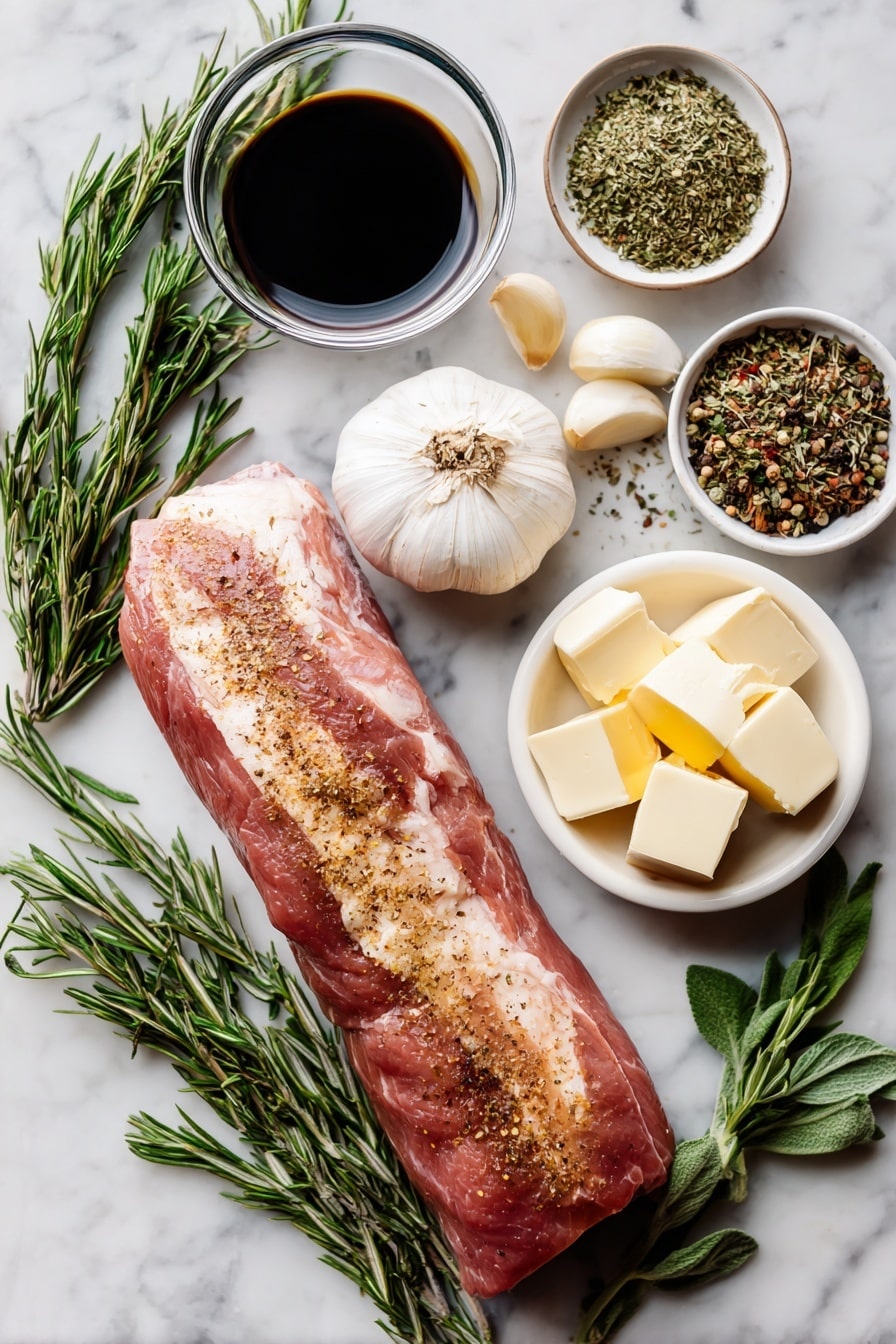
- Pork Tenderloin: Choose a fresh, 2 lb cut for the perfect balance of tenderness and flavor; remember to trim off any silverskin for the best texture.
- Olive Oil and Butter (or Ghee): Olive oil helps to sear and lock in juices, while butter adds richness and a luscious mouthfeel; use ghee if following Whole30.
- Garlic: Freshly minced garlic imparts a wonderful aroma and depth to the sauce that dried garlic just can’t match.
- Balsamic Vinegar: This ingredient adds a beautiful tang with a touch of sweetness, balancing the pork’s savory notes.
- Dried Herb Mix: A blend of basil, Italian seasoning, oregano, and thyme provides that classic herbaceous flavor that ties the whole dish together.
- Rosemary: Fresh rosemary for garnish adds a pop of color and a fragrant touch that’s visually and aromatically inviting.
How to Make Roasted Pork Tenderloin with Balsamic Herb Sauce Recipe
Step 1: Prepare and Sear the Pork Tenderloin
Start by preheating your oven to 350°F. Rinse the pork tenderloin and pat it completely dry—this helps you get that perfect crust when searing. Generously season with salt and fresh black pepper. Heat olive oil in an oven-safe skillet over medium-high heat for about a minute, then sear each side of the tenderloin for roughly one minute, developing a lovely golden crust. This step locks in juices and enhances flavor tremendously.
Step 2: Create the Balsamic Herb Sauce
Remove the pan from heat and toss in the butter and minced garlic, stirring for about 30 seconds until fragrant. Then, splash in the balsamic vinegar and sprinkle in your dried herb mix. Stir gently for another minute until the butter melts completely and the sauce becomes glossy and aromatic. This quick sauce will infuse the pork with bold herbal and tangy notes.
Step 3: Roast the Pork Tenderloin
Return the pork to the skillet and spoon some of that balsamic herb sauce right over it. Cover the tenderloin with foil and roast in the oven for 30 minutes. Remove the foil, coat the pork again with more sauce, and cover once more. Continue roasting for another 30 minutes or until the internal temperature hits 145°F—a reliable indicator that the pork is perfectly cooked, tender, and juicy.
Step 4: Rest and Slice
Once out of the oven, tent the pork with foil and let it rest for 15 minutes. This resting period allows the juices to redistribute throughout the meat, keeping every slice moist and flavorful. Then, slice the tenderloin thinly and garnish with sprigs of fresh rosemary for a beautiful, fragrant finish.
How to Serve Roasted Pork Tenderloin with Balsamic Herb Sauce Recipe
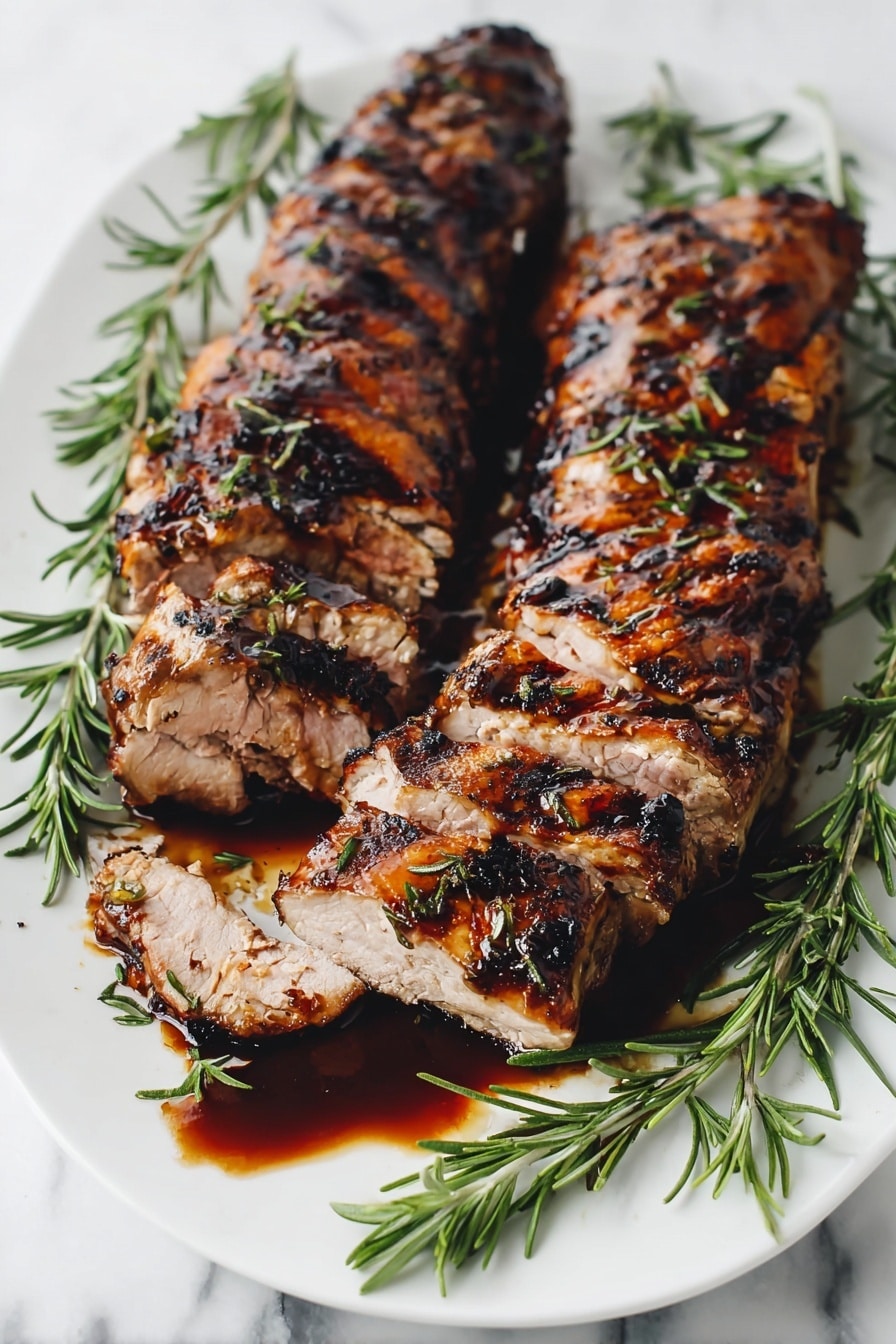
Garnishes
A few sprigs of fresh rosemary do wonders to elevate the presentation, adding a splash of vibrant green and a fresh aroma that beautifully contrasts the rich pork. For a bit of crunch and color, consider sprinkling toasted pine nuts or sliced almonds on the side.
Side Dishes
This pork tenderloin pairs wonderfully with creamy mashed potatoes or roasted root vegetables like carrots and parsnips. For a lighter option, sautéed green beans or a crisp, tangy arugula salad balances the dish perfectly. Don’t forget crusty bread to mop up any leftover balsamic herb sauce!
Creative Ways to Present
Slice the tenderloin and fan it out on a large serving platter, drizzling extra balsamic herb sauce for a glossy finish. You can also serve slices atop a bed of creamy polenta or wild rice for a rustic yet elegant look. For a special touch, add edible flowers or microgreens to the plate to delight the eyes and palate alike.
Make Ahead and Storage
Storing Leftovers
Store any leftover pork tenderloin in an airtight container in the refrigerator, where it will keep beautifully for 3 to 4 days. Make sure to separate the sauce or spoon some over the meat to maintain moisture and flavor.
Freezing
After letting the pork cool completely, freeze slices or the whole tenderloin in an airtight, freezer-safe bag or container. This recipe freezes well for up to 3 months—great for prepping meals ahead or saving leftovers for a busy day.
Reheating
To reheat without drying out the pork, gently warm it on the stovetop in a covered pan with a splash of water or sauce, or use a low oven temperature with foil tented over the meat. The microwave works in a pinch—just reheat in short intervals to avoid overcooking.
FAQs
-
Can I use fresh herbs instead of dried for the balsamic herb sauce?
Absolutely! If you have fresh basil, oregano, thyme, or rosemary on hand, you can use about three times the amount of fresh herbs as dried since fresh herbs are more delicate. Add them towards the end of the sauce preparation to keep their vibrant flavor.
-
How can I tell if my pork tenderloin is cooked perfectly?
The most reliable way is to use an instant-read thermometer and pull the pork when it reaches an internal temperature of 145°F. After resting, the temperature will settle and the meat will be juicy and tender.
-
Can I use a different vinegar if I don’t have balsamic?
You can substitute with red wine vinegar or apple cider vinegar, but balsamic vinegar offers a unique sweetness and depth that pairs best with the pork and herbs, so the flavor profile may change slightly.
-
Is it necessary to sear the pork tenderloin before roasting?
While you can skip searing, browning the pork first adds a wonderful crust and richer flavor to the dish. It also helps to seal in the juices, making the final roast more tender and delicious.
Final Thoughts
This Roasted Pork Tenderloin with Balsamic Herb Sauce Recipe has earned a prime spot in my kitchen rotation, and I promise it will in yours too. Its simple preparation, paired with bold, comforting flavors, makes it a go-to when you want a little extra wow factor without the fuss. Give it a try—you might just find your new favorite dinner!
Print
Roasted Pork Tenderloin with Balsamic Herb Sauce Recipe
- Prep Time: 10 minutes
- Cook Time: 1 hour
- Total Time: 1 hour 25 minutes
- Yield: 6 servings 1x
- Category: Main Course
- Method: Roasting
- Cuisine: American
Description
A juicy and flavorful roasted pork tenderloin seasoned with garlic, herbs, and balsamic vinegar, seared to perfection and slow-roasted in the oven for a tender, melt-in-your-mouth experience. Perfectly garnished with fresh rosemary and ideal for a delicious dinner.
Ingredients
Main Ingredients
- 2 lb pork tenderloin roast
- Salt and fresh black pepper, to taste
- 2 tablespoons olive oil
- 4 tablespoons butter (use ghee for Whole30)
- 4 cloves garlic, minced
- 3 tablespoons balsamic vinegar
- 1 tablespoon dried herb mix (basil, Italian seasoning, oregano and/or thyme)
- Fresh rosemary for garnish
Instructions
- Preheat and Prepare: Preheat your oven to 350°F. Rinse the pork tenderloin and pat it dry thoroughly. Season it generously with salt and fresh black pepper.
- Sear the Pork: Heat olive oil in an oven-safe skillet over medium-high heat for about 1 minute. Sear the pork tenderloin on all sides for about 1 minute each until a golden-brown crust forms. Remove from heat and set aside.
- Make Garlic Herb Sauce: Remove the skillet from the heat. Add butter and minced garlic, stirring continuously for about 30 seconds to release the garlic aroma without burning it.
- Add Vinegar and Herbs: Pour in the balsamic vinegar and sprinkle the dried herb mix. Stir the mixture for about 1 minute until the butter is fully melted and combined with the herbs and vinegar to create a flavorful sauce.
- Combine and Roast: Return the pork tenderloin to the skillet and spoon some of the sauce over it. Cover the skillet with foil and place it in the oven. Roast for 30 minutes.
- Baste and Continue Roasting: After 30 minutes, remove the foil carefully, spoon more sauce over the pork, cover again with foil, and continue roasting for an additional 30 minutes or until the internal temperature of the pork reaches 145°F.
- Rest and Garnish: Remove the pork from the oven, cover it loosely with foil, and let it rest for about 15 minutes to allow the juices to redistribute. Slice thinly and garnish with fresh rosemary before serving.
Notes
- Ensure you purchase pork tenderloin, not pork loin, as they are distinct cuts with different cooking qualities.
- If your tenderloin has a silverskin, remove it before preparing for a more tender result.
- The best way to check doneness is by using an instant-read meat thermometer to ensure the internal temperature reaches 145°F.
- Store leftover pork tenderloin in an airtight container in the fridge for 3 to 4 days.
- When reheating, avoid overcooking as the pork will dry out. Reheat gently on the stovetop, in the oven, or microwave.
- Freeze cooled leftover pork in airtight freezer-safe containers or bags for longer storage.



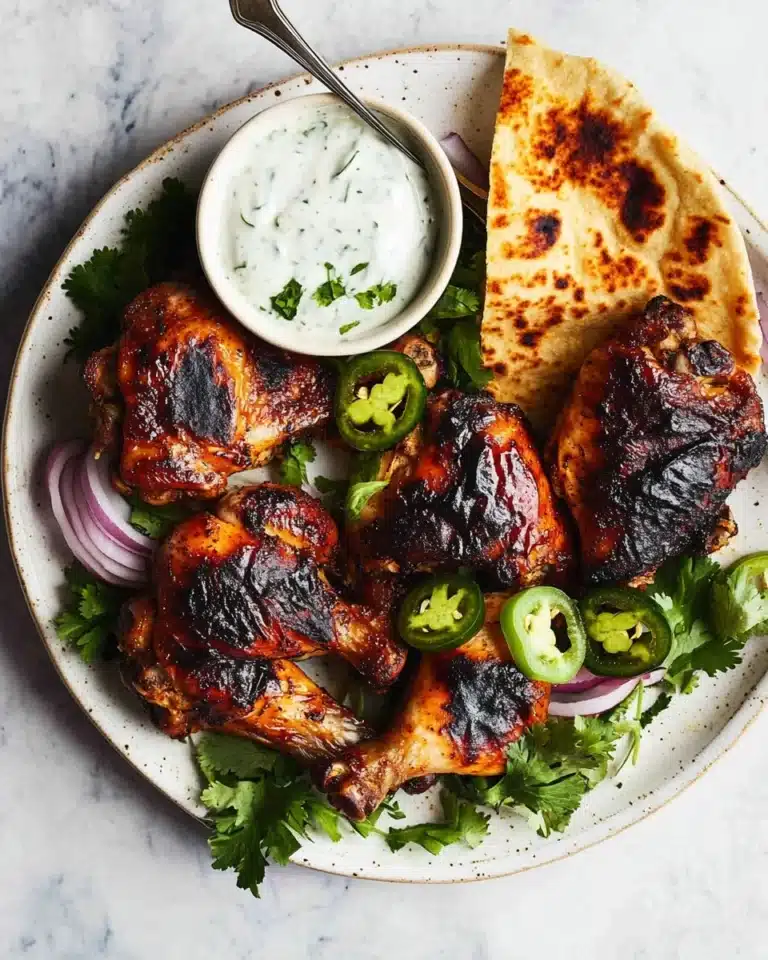
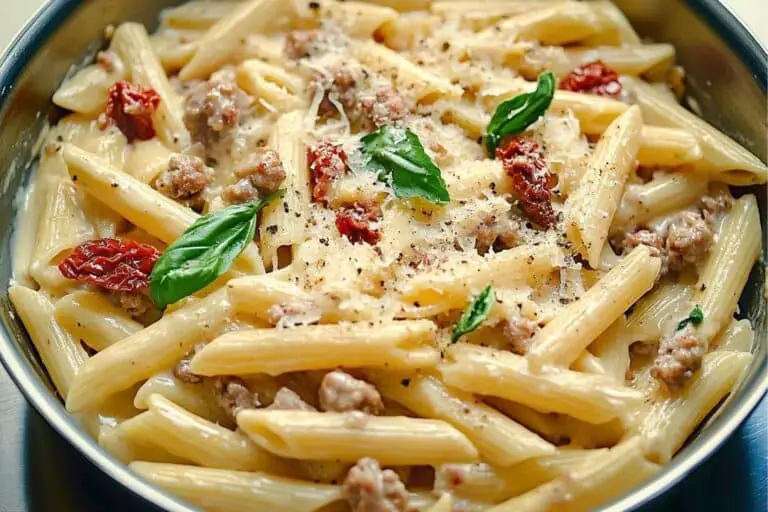

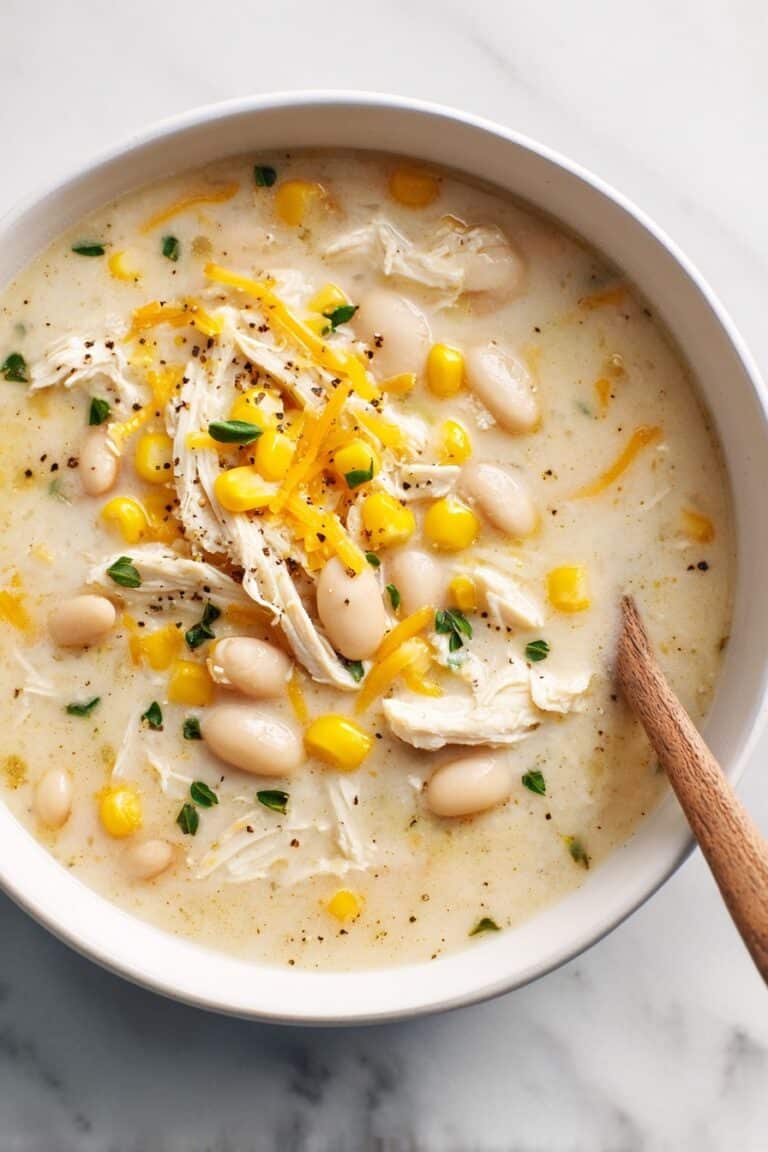


https://t.me/s/official_1win_aviator/52
https://t.me/s/official_1win_aviator/136
https://t.me/s/official_1win_aviator/606
https://t.me/Best_promocode_rus/891